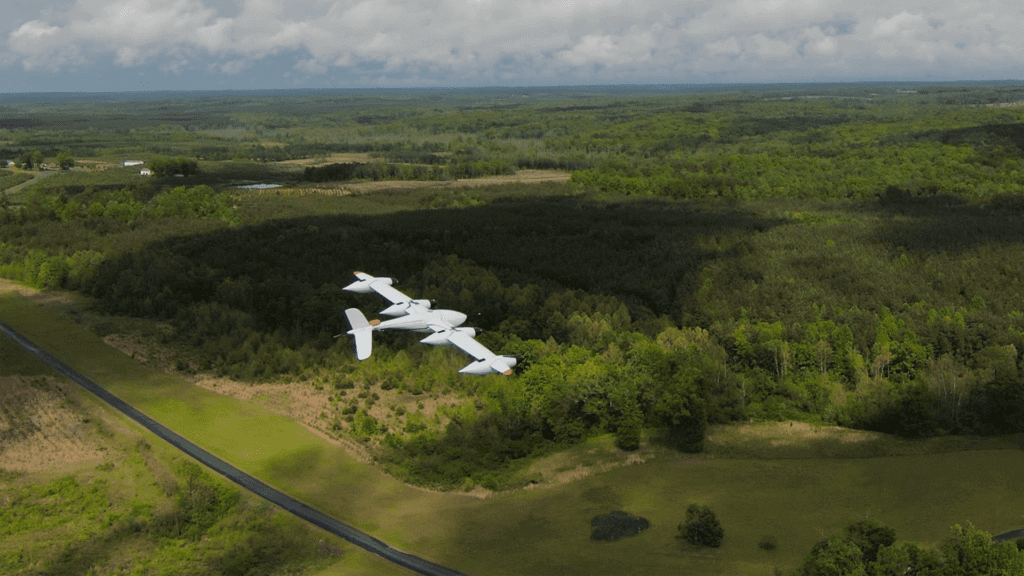

F-35 vs. Drones in U.S. Defense Strategy
Why This Matters to All Americans
As technology evolves and global security challenges intensify, the conversation about the future of aerial combat grows increasingly critical. At Americans for a Stronger Navy, we believe this debate is not just for defense experts and policymakers—it’s a conversation that impacts every American. The decisions we make today about our military capabilities will shape the safety, security, and strategic posture of the United States for decades to come.
The stakes are monumental. From the taxpayer dollars funding advanced fighter programs to the geopolitical implications of maintaining air superiority, this is a topic that demands both transparency and public engagement. That’s why we’re launching a comprehensive three-part series to explore this issue from every angle.
What We Plan to Cover
Part 1: The Debate Over the F-35 Program
- We will present the current arguments surrounding the F-35 program, including Elon Musk’s critiques of manned fighter jets, Lockheed Martin’s defense of the aircraft, and the U.S. Navy’s position on its strategic importance. This installment will provide a clear and balanced view of the differing perspectives.
Part 2: Behind the Scenes of Defense Planning
- This segment will peel back the layers of what goes into planning programs like the F-35. From research and development to operational strategies, we’ll dive into the complexity of balancing current needs with future threats. This part will highlight the challenges faced by military planners and strategists, giving Americans a deeper appreciation of the decisions at hand.
Part 3: The Future of Aerial Combat and Public Involvement
- In our final piece, we’ll explore how advancements in technology and evolving geopolitical dynamics will shape the future of aerial combat. This installment will conclude with a call to action, inviting the American public to engage with this issue and weigh in on the path forward.
Why This Topic Is Significant
The F-35 program has been a cornerstone of U.S. airpower, but it is also a lightning rod for criticism. High costs, technical challenges, and emerging alternatives like drone swarms have sparked intense debate. At the same time, the world is witnessing rapid advancements in hypersonics, artificial intelligence, and unmanned systems—technologies that could redefine the very nature of warfare.
This is about more than aircraft. It’s about maintaining America’s technological edge, ensuring national security, and spending taxpayer dollars responsibly. The choices we make today will determine whether the U.S. remains a global leader in military innovation or cedes ground to competitors like China and Russia.
Why Americans Should Care
At its heart, this is a conversation about priorities. Should the U.S. continue investing in programs like the F-35, or pivot to emerging technologies? How can we ensure our military remains strong while being fiscally responsible? These are questions that affect every American, and they deserve thoughtful, informed discussion.
We encourage you to follow this series, engage with the content, and share your thoughts. As citizens, we have a vital role to play in shaping the future of our nation’s defense. Together, we can ensure that America’s Navy remains not only stronger but also smarter and more efficient.
Stay tuned for Part 1 of our series, where we dive into the debate over the F-35 program and explore the arguments from all sides. Let’s navigate this complex topic together.





